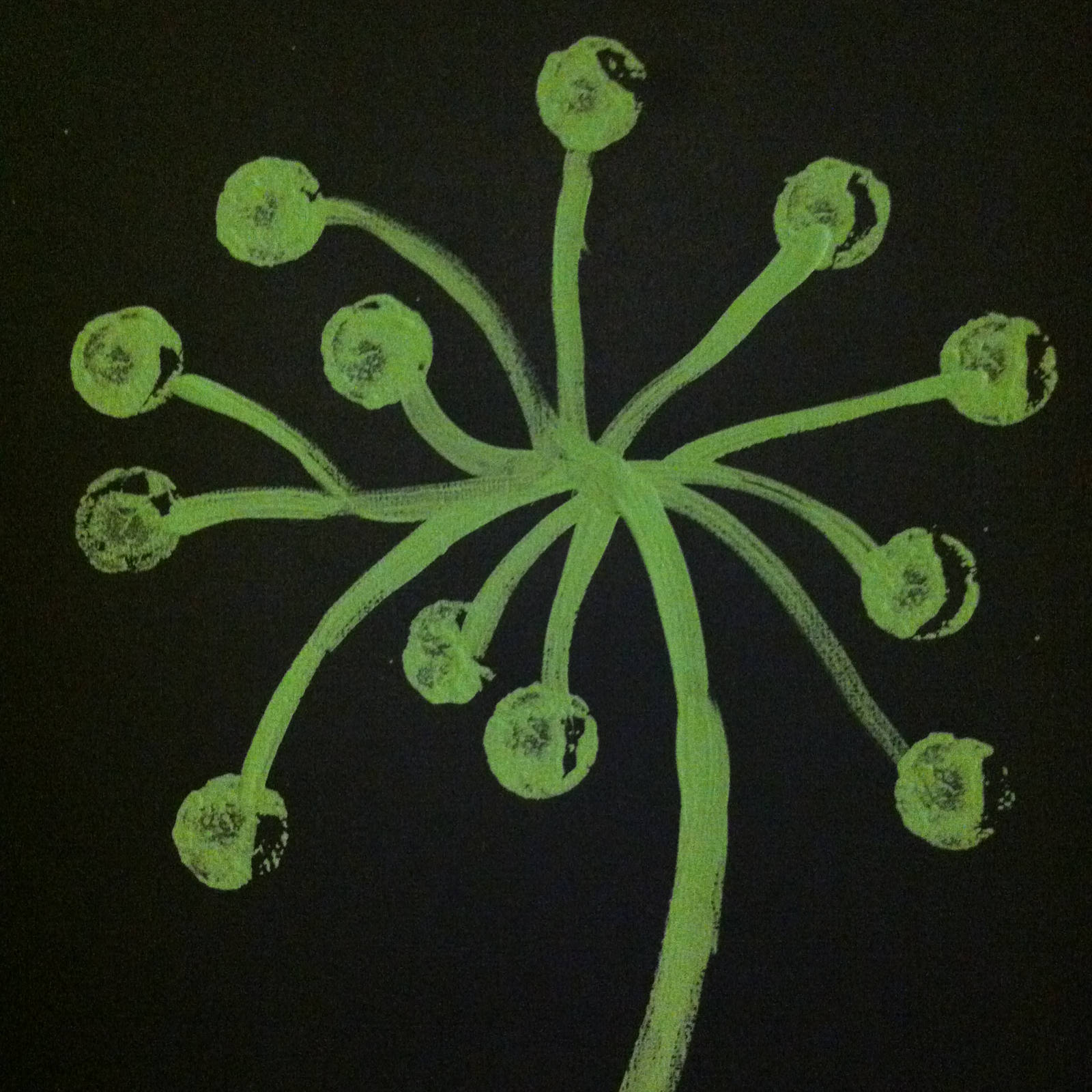The Maths of Practical Life: Currency
updated March 14, 2025
Recorded here is my own personal collection of articles, resources, favorite links, teaching ideas, and lesson plans. It encompasses many years, from the very beginning of my experience studying and learning about Waldorf to the present time. People from all around the world visit my site and recommend it to others. Welcome!
This site records my journey. I hope my honesty is encouraging and helps break down some barriers that may prevent people from trying Waldorf methods. Because this is an ongoing site documenting my curriculum planning and ideas, some materials are more Waldorf-y than others. Please feel free to take what you like and leave the rest.
This page has helpful links and LOADS of free resources to help you plan your third grade year. Enjoy!
Mission Statement - Consulting Services - Lending Library
Maths of Practical Life: Currency
for Class 3
5-DAY ONLINE COURSE:
Waldorf Main Lesson Block Planning: Maths of Practical Life

Join a community of fellow homeschoolers planning this exact same main lesson block for plenty of help and support.
This course is aimed at homeschoolers who are already familiar with the Waldorf method, but
would appreciate extra feedback and encouragement in planning this block.
Make friends and ask specfic questions of
an experienced Waldorf homeschool teacher and consultant as you work through this inspiring, do-able, step by step course. Lifetime access.
Just $30.00!
Pinterest - Renee Schwartz
My curated collection of visuals! Browse sample main lesson book pages, watercolor paintings, chalkboard drawings, etc. for
Currency.
Other Helpful Resources
BLACKBOARD SKETCHING book
by
FREDERICK WHITNEY (1908)
available online for free - with step by step directions and illustrations
Ancient Cities Unearthed in Mountains of Central Asia
The New York Times - Oct 23, 2024
Archaeologists Find a 2,400-Year-Old 'Pot of Gold' in Turkey
The New York Times - Aug 2, 2024
What Makes It Money?
for teacher background, I like this simple and clear podcast from the Federal Reserve Bank of St. Louis on the functions and characteristics of money:
Functions of Money (8:38)
Hello Wood, a Montessori company, makes beautiful wooden materials for coin work:
For practice, there's of course real money (you can give your child a handful of coins and say, "If you can count it, you can keep it."), as well as plastic coins, coin stamps, and workbooks.
*NEW* Suggested Money Activities (PDF)
You can get coin stamps for heads or tails or both. If you want to go the workbook route, I actually think the best coin counting one is by Kumon. It's really well done!
   
 
here are some I Have... Who Has? cards
that are free on TPT (but you could easily make up your own cards using a jar of change and a pack of index cards)
Starting a coin collection is also a great activity!
 
The Essential Books to Buy
I think there is really only one must-have book for this block, which is Betsy Maestro's The Story of Money. And your public library probably has it!
 
Another good possibility is What is Trade? by Carolyn Andrews.
 
Part of an entire
book series on Economics, it's the only one that is really a good fit with this block. Every two page "chapter" could be a story. You would have to decide how far to go
(I would skip the Triangle Trade and Trade Wars for this age). The information on the Aramaeans, Phoenicians, Ancient China, the Silk Road,
Maya, Inca, Ghana, Mali and Mansa Musa, Lydia, and Native Americans is really helpful, and it's nicely divided into chunks whereas with
Betsy Maestro's book you have to decide where to pause. Ideally, I would say to get both and combine them.
It is nice to supplement with picture books which include bartering, before you introduce how money itself came to be. You probably have a picture book on your
shelf that has bartering in it. Here are some fun options:
It's a pretty simple block, but super-fun to teach. Here are my blog posts from teaching this main lesson topic in 2019. They
will tell you everything we did day by day:
Complete notes from when I taught this block a second time, in September 2020:
|